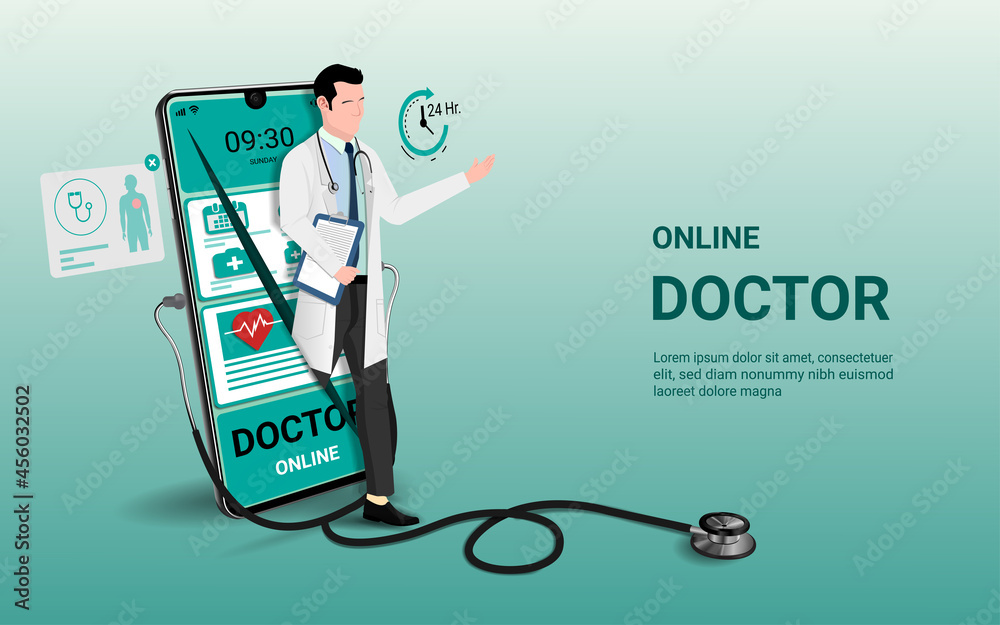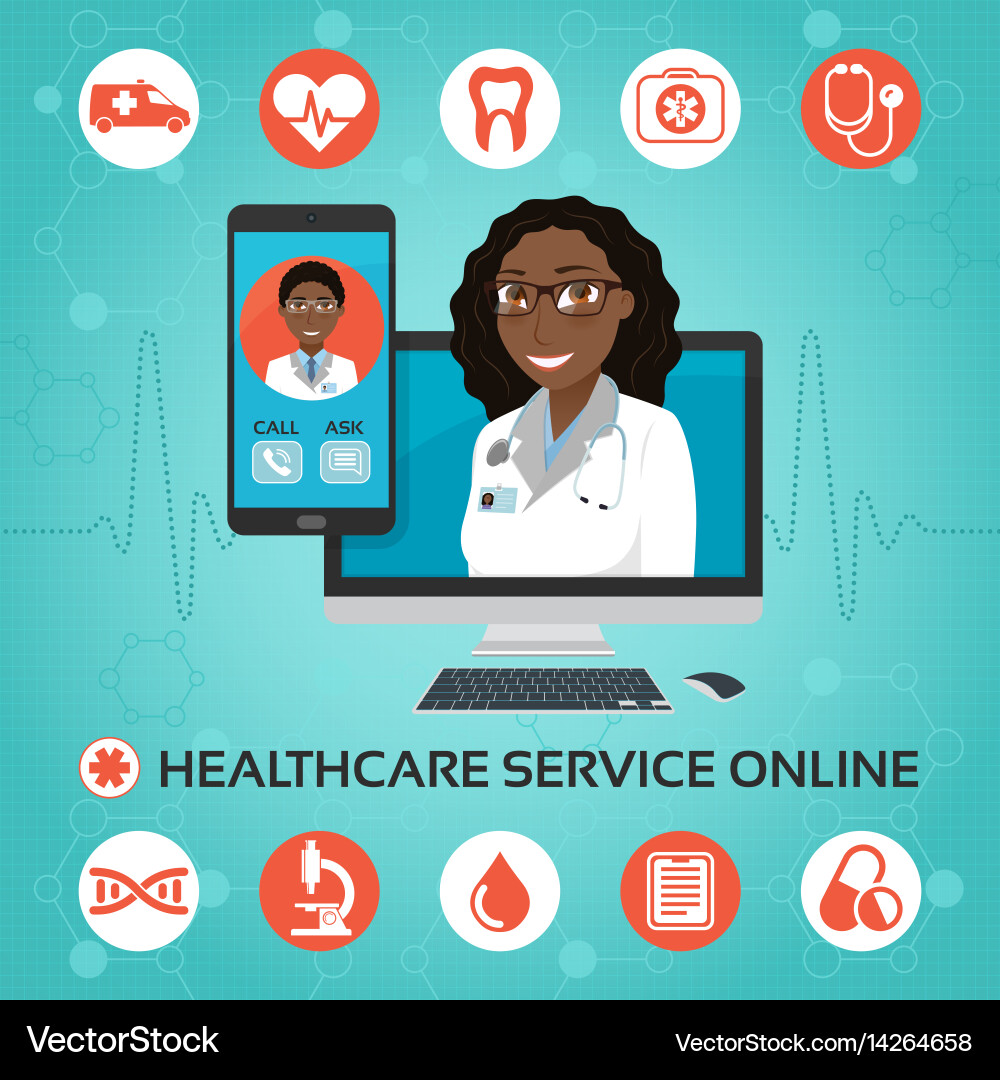Exactly How Subscription-Based Medical Care Is Reinventing the Medical Sector

The Increase of Subscription Healthcare
In recent times, the health care sector has experienced a significant shift towards subscription-based models, mirroring more comprehensive consumer fads preferring benefit and predictability. This improvement is driven by the boosting need for more personalized and obtainable care solutions. Registration health care, often referred to as attendant medication or direct health care, uses clients a fixed month-to-month cost for a variety of clinical solutions, substantially modifying traditional fee-for-service versions.
The increase of registration health care is promoted by innovations in technology, which allow structured communication between carriers and individuals - subscription based healthcare. Digital platforms and telehealth solutions have actually ended up being indispensable, using clients the capability to arrange visits, access clinical documents, and receive examinations online. This technological combination not just boosts client engagement yet also allows service providers to supply more reliable treatment
Additionally, the membership model straightens with the evolving assumptions of clients who seek even more control over their medical care costs and experiences. By getting rid of the unpredictability of co-pays and insurance policy cases, subscription-based medical care uses a transparent and uncomplicated approach. While this model is gaining traction, its proliferation faces difficulties such as regulatory hurdles and the necessity for more comprehensive acceptance within the standard healthcare environment. Its expanding existence notes a pivotal minute in the evolution of medical care shipment.
Advantages for People and Suppliers
Subscription-based medical care uses a plethora of advantages for both companies and people, improving the dynamics of clinical care. For clients, this design supplies enhanced access to healthcare solutions. With a foreseeable monthly cost, individuals can enjoy unrestricted examinations, lowered wait times, and personalized treatment. This setup commonly brings about an extra positive strategy to health and wellness monitoring, permitting for timely treatments that can avoid persistent problems from rising. The financial openness of subscription models minimizes the changability connected with conventional fee-for-service invoicing, relieving the worry of unexpected clinical expenditures.
For medical care service providers, subscription-based designs cultivate an even more gratifying and lasting technique. By securing a stable profits stream, carriers can concentrate on delivering premium care without the pressure of volume-based service. This version encourages longer client appointments, fostering stronger patient-provider relationships and improving health outcomes. Additionally, it offers service providers the versatility to innovate and incorporate preventive and holistic treatment techniques. Management tasks are typically streamlined, reducing overhead prices and permitting carriers to commit more time to client interaction. On the whole, subscription-based medical care lines up the rewards of providers and people, advertising a much more patient-centered and reliable health care delivery system.
Secret Attributes of the Design
Frequently, the essential attributes of the subscription-based healthcare model highlight its unique strategy to delivering medical services. Central to this design is the principle of foreseeable, monthly payments, offering clients a comprehensive range of services without the unpredictability of standard fee-for-service frameworks. This version often includes unlimited access to primary care services, preventive care, and routine check-ups, making sure that individuals can involve with their doctor proactively as opposed to reactively.
Furthermore, direct communication channels, such as telemedicine and messaging platforms, are emphasized, allowing clients to receive timely advice and consultations without needing in-person appointments. This boosts access and ease, specifically for people with wheelchair restrictions or those residing in remote areas. The version additionally cultivates stronger doctor-patient relationships, as doctor are incentivized to concentrate on lasting wellness results as opposed to short-term visits.
Moreover, subscription-based medical care commonly integrates technological technologies, such as digital health documents and health and wellness monitoring applications, to supply reliable and customized treatment. Individuals take advantage of worked with and constant treatment administration, which is tailored to their certain health demands. Eventually, these features collectively create a patient-centered health care experience, prioritizing availability, cost openness, and preventive treatment.

Factors To Consider and obstacles
While the subscription-based healthcare view design supplies various benefits, it is not without its considerations and obstacles. Subscription designs might accidentally favor those with higher socioeconomic condition, possibly widening variations a fantastic read in medical care accessibility for lower-income individuals who may have a hard time with month-to-month fees.
Another difficulty hinges on governing conformity. Subscription-based healthcare should browse a complicated internet of laws that differ by region, including issues around client privacy, information defense, and state licensing needs. Making certain conformity without impeding the model's versatility and technology can be discouraging for service providers.
Furthermore, there is the danger of overutilization or underutilization of services. Clients paying a taken care of charge may overuse solutions, causing boosted functional expenses, while others might underutilize due to fear of burdening the system, possibly disregarding necessary care.
Future Prospects and Innovations
The landscape of subscription-based medical care is positioned for improvement with emerging developments and evolving prospects. As modern technology remains to advance, the combination of man-made intelligence and artificial intelligence offers considerable opportunities to boost analysis accuracy and streamline person administration. Predictive analytics can change precautionary care by recognizing prospective health threats before they manifest, consequently decreasing both prices and the problem on healthcare systems.
In addition, telemedicine is set to expand within membership models, offering people boosted accessibility to health care specialists no matter of geographical restrictions. This not just promotes connection of care yet additionally equips patients to involve even more proactively in their health management. Additionally, blockchain modern technology provides potential in securing patient information and guaranteeing interoperability throughout systems, cultivating trust and transparency.
The growth of personalized medication is an additional frontier, with subscription designs giving a distinct structure for supplying customized health options. Genetic testing and tailored treatment plans can be effortlessly incorporated, straightening patient needs with certain clinical treatments. Furthermore, partnerships in between technology firms and healthcare suppliers are most likely to yield innovative services, improving individual experiences and results. As these prospects materialize, subscription-based healthcare has the potential to redefine how care is delivered and accessed.
Final Thought
Subscription-based medical care is changing the medical sector by supplying a much more obtainable, foreseeable, and patient-centered method to medical solutions. This design enhances patient-provider relationships, makes certain monetary transparency, and stresses preventive treatment with unlimited consultations and telemedicine. Regardless of difficulties such as governing obstacles and potential differences in gain access to, the subscription design holds promise for an extra individualized and efficient medical care experience. As innovation breakthroughs, additionally innovations find out here are most likely to address existing difficulties and optimize health care distribution.
Membership healthcare, often referred to as attendant medication or direct primary treatment, provides individuals a set monthly fee for a variety of clinical solutions, dramatically altering conventional fee-for-service designs.
In addition, the registration model aligns with the developing expectations of individuals that look for even more control over their medical care expenditures and experiences. For people, this version gives enhanced accessibility to medical care solutions. Overall, subscription-based medical care aligns the incentives of suppliers and people, advertising an extra patient-centered and effective health care delivery system.
Furthermore, telemedicine is set to increase within registration versions, offering individuals boosted access to healthcare professionals no matter of geographical restrictions. - subscription based healthcare